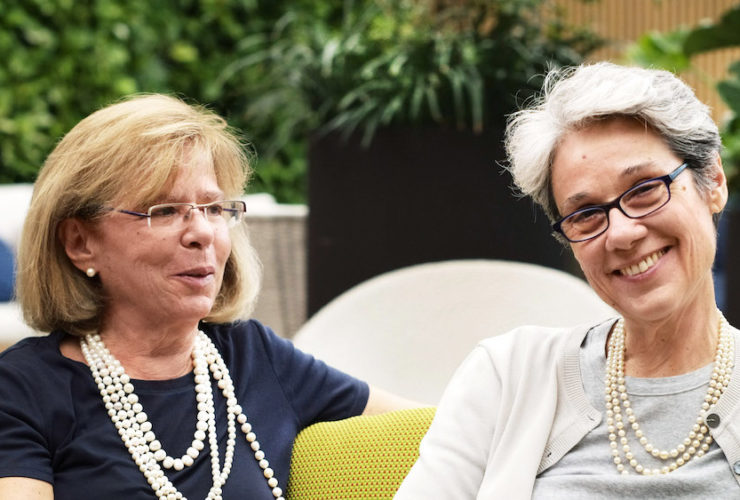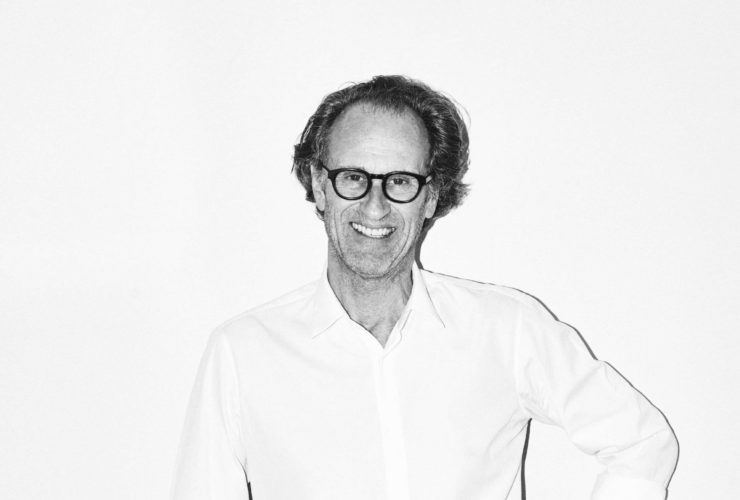One of the most important Italian architects, Italo Rota, passed away in the last few days . He designed the Museo del Novecento in Milan and also the transformation – in collaboration with Gae Aulenti – of the former Parisian Gare d’Orsay station into the museum of the same name, dedicated to Impressionism. Just two years ago we interviewed him about his Italian Pavilion at Expo Dubai 2020. We repropose that interview here by Gaia Grassi.
Italo Rota a Milan-born cross-diciplinary architect
Italo Rota is a Milan-born architect, who specialises in shore-based architecture, has made reconciliation with nature one of the leitmotifs of his work.
Cross-disciplinary research is Italo Rota’s specialist subject. For over three decades, the architect, urban planner and founder of IRBO (Italo Rota Building Office), has been embraced everything from contemporary art to robotics in innovative projects in which humanistic beauty and sustainability are core ingredients in a brilliant balance and melding of art and science. (Here all our posts about Italo Rota)
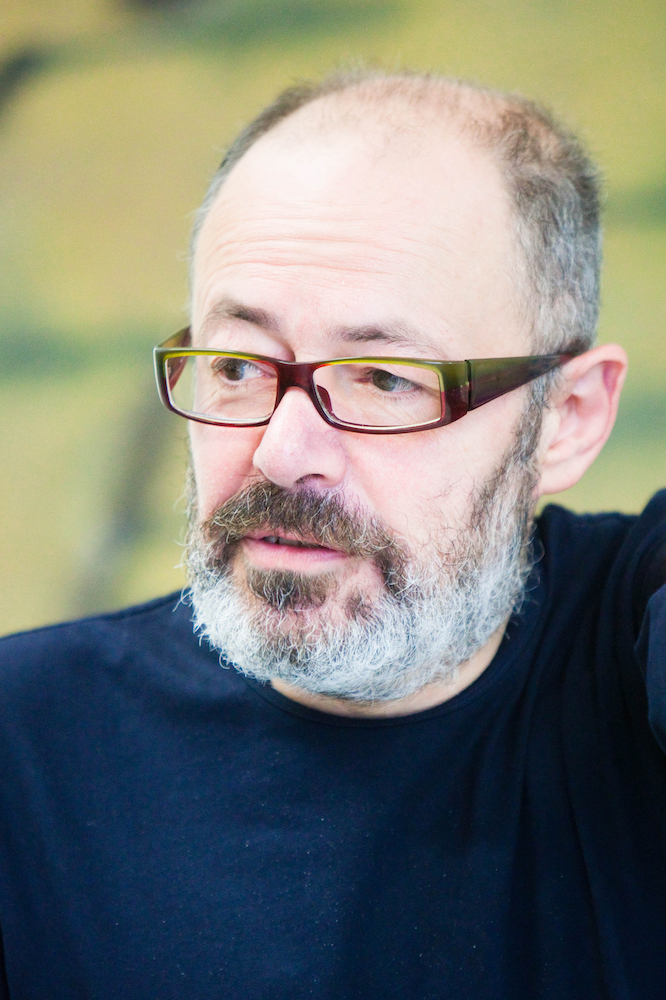
A hymn to technology
The application of leading-edge technologies in partnership with international labs, researchers and universities is yielding new systems for living designed for cities of the “extreme present” expressed through a new sense of beauty which according to American psychologist Howard Gardner, mirrors three core criteria: “the ability to generate interest, the assumption of a memorable form and the ability to elicit further exploration”.
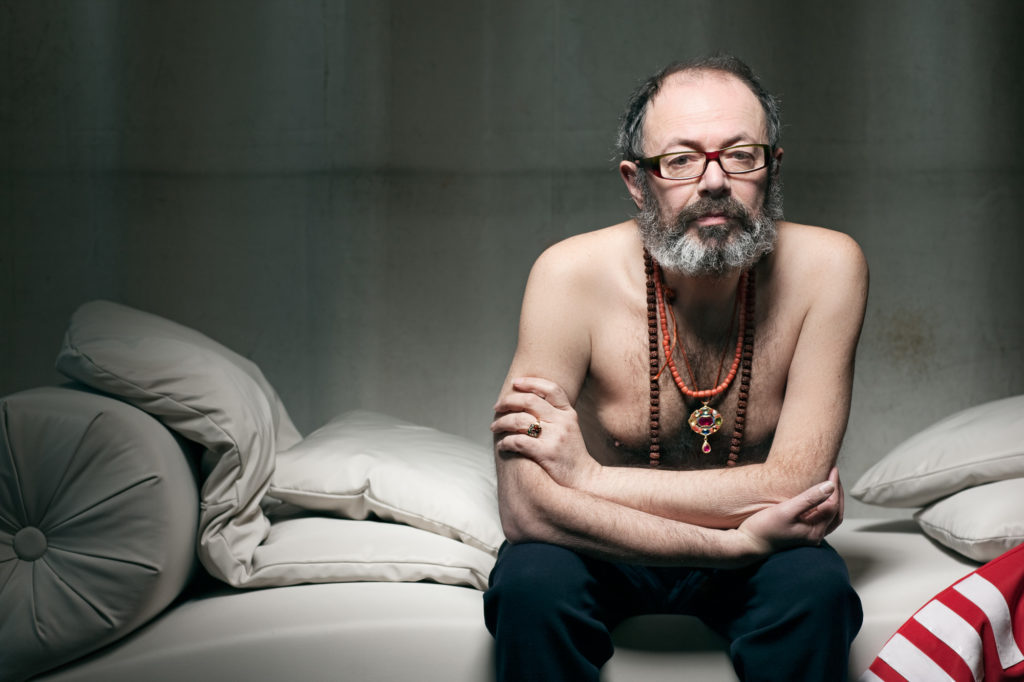
Italo Rota and the interconnection of land and water
Rota’s multidisciplinary approach produces a vision of interconnectivity between the elements of water and earth.
«Right now coastal cities are indisputably preeminent over inland ones, particularly when they overlook bays,” says Rota. “Just think of Hong Kong, Rio de Janeiro, New York, Shanghai. And closer to home, Palermo or even a lakeside city like Lugano”.
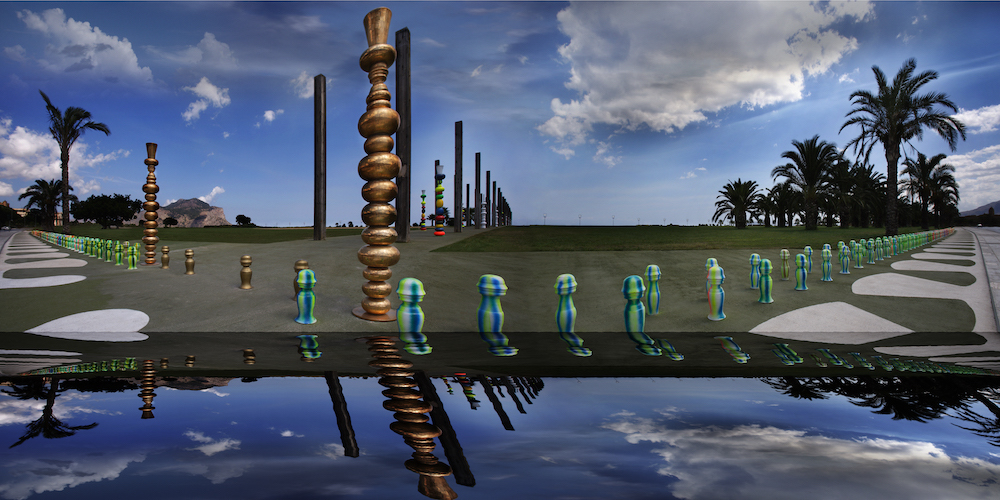
The Foro Italico waterfront in Palermo
The main aim of ORBO’s design for the Foro Italico waterfront in Palermo was to give the sea back to the local people as views of it had been denied to the city for far too long. “The large old waterfront had fallen into disuse but it became visible again, simple and uncluttered, ready to be used and consumed and brought back to life, a new life. Thinking about the future of cities means that the first focus has to be to develop life in them,” stresses the architect. “Our intent was to create a place where citizens would feel safe even when there were no police around. The result was a huge green area so simple and seductive that we decided to call it the “green sea”.
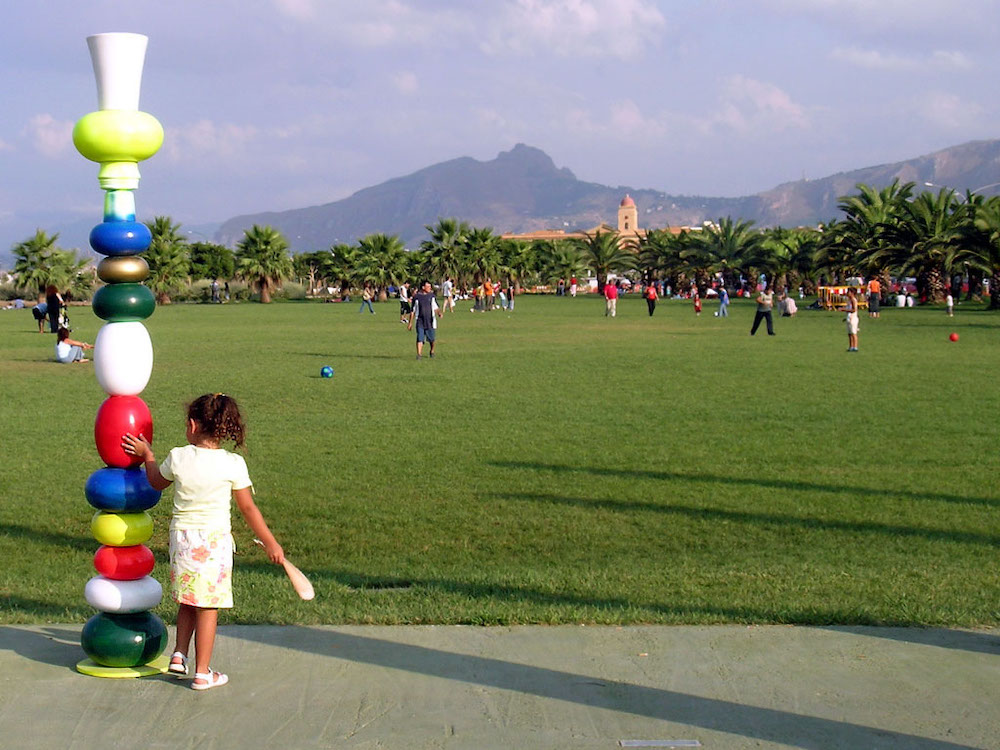
Italo Rota and the Lugano waterfront
The disconnect between city and the expanse of water in front of it was also tackled in Lugano by CRA-Carlo Ratti Associati with creative consultation from Italo Rota. “This involved a kind of floating garden-island that was designed as an extension of the public space, reconnecting city and lake by redesigning the main traffic artery in Lugano,” he explains.
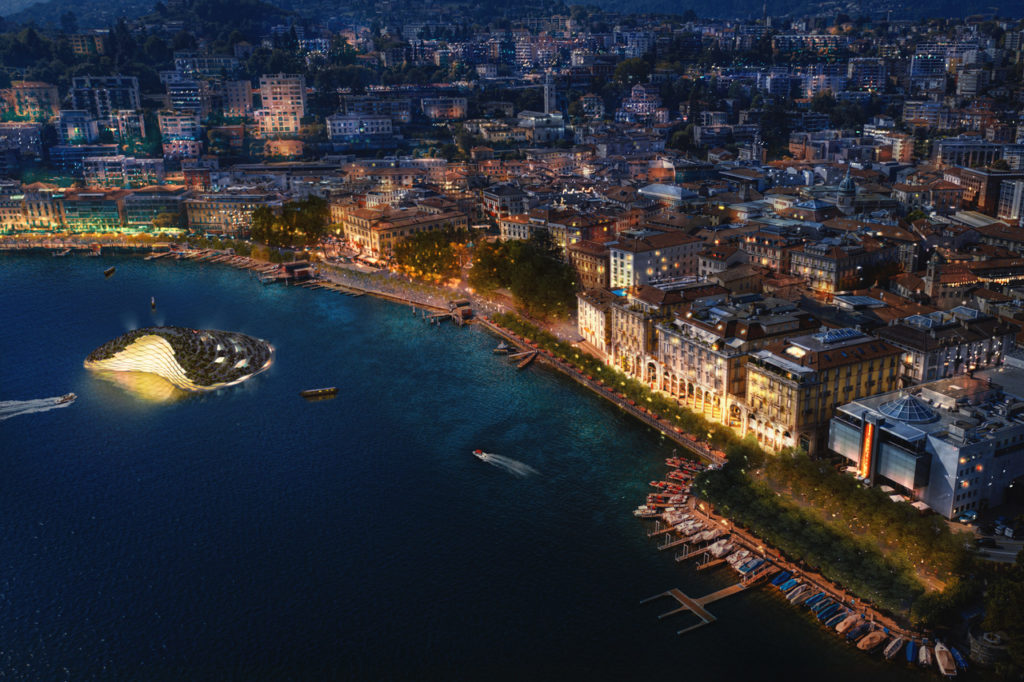
The Expo Dubai in partnership with Carlo Ratti
Carlo Ratti and Italo Rota have a solid partnership and were the undisputed protagonists of the recent Expo Dubai 2020, thanks to their Italy Pavilion which was designed by Ratti with Creative Direction from Rota. “It is an experiment in reusable circular architecture,” explains the architect. “It comprises three upturned boat hulls which make up the structure’s roof, a multimedia façade made of two million recycled plastic bottles, and a natural climate mitigation system instead of conventional air conditioning”.
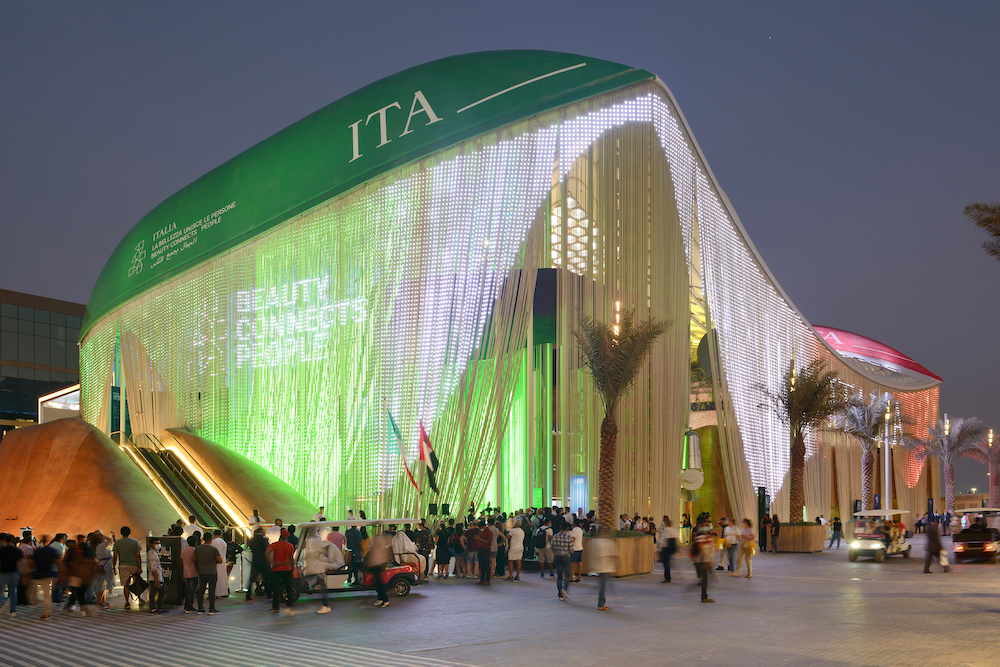
The three hulls, which measure between 40 and 50m apiece, were built with the help of Fincantieri and are held aloft by 150 slender steel pillars, each one 27 metres high. Hung between them is a wave-shaped roof membrane made from highly corrosion-resistant plastic ETFE and covered with a layer of perforated metal sheets to filter sunlight. “The hulls are painted in an innovative paint developed by the Boero Group: the green, white and red make up the biggest tricolour in Italian history which extends over 2,100 square metres”.
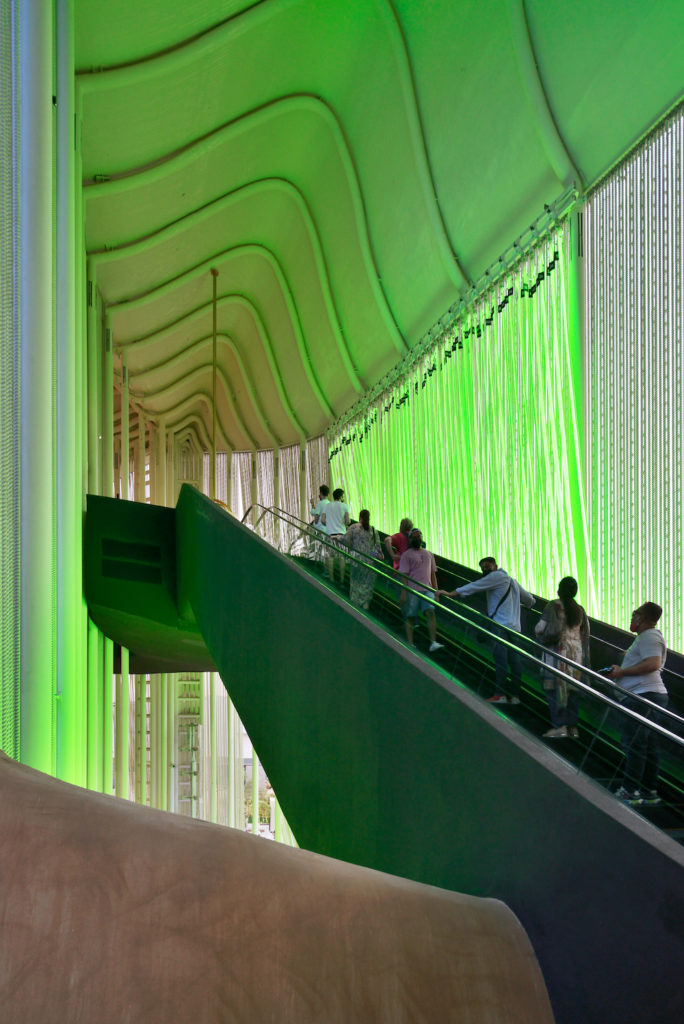
Italo Rota and the water
But the Dubai pavilion was not IRBO’s first foray at an Expo. The company also designed the “Ciudades de Agua” Pavilion at Saragossa 2008. “The four themes (water-friend, water-spectacle, water-driver of transformation, water-future) represented a year-long journey that referenced the world’s cities dealing with the subject of water as a design element and a driver of transformation of the urban landscape, of opportunities and the customs of their inhabitants,” says Rota.
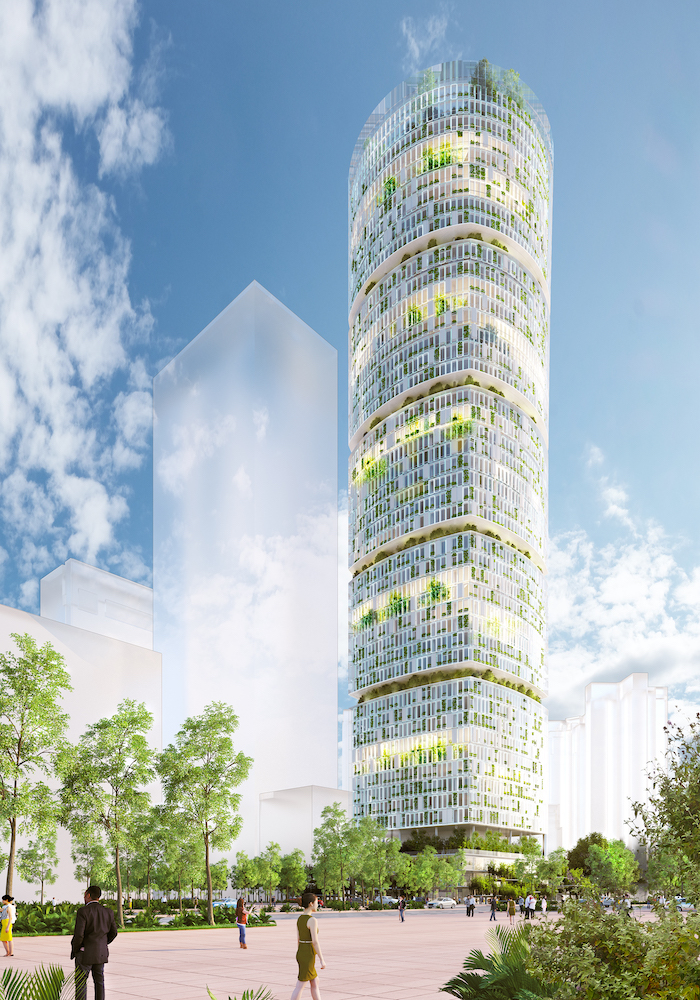
A theme particularly dear to his heart as he stresses: “The transformation is already happening, particularly in the likes of China. We are seeing more and more reuse of old port structures or industrial piers. They often quite a long way into the water and become very popular and well used. The psychological element that comes into play is definitely quite profound: you get to the end of the pier and see the horizon, getting away from the city and establishing a connection with the water without being aboard a boat – in fact, you actually still have your feet on solid ground so to speak.
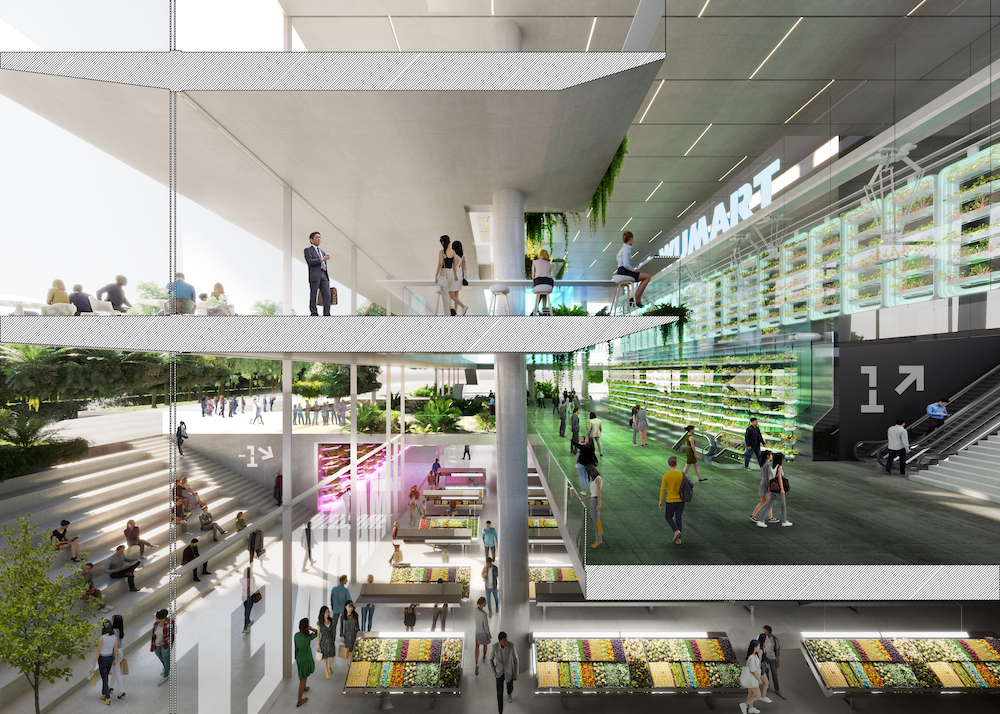
It becomes a very powerful psychological area of the city, a place for reflection, creating a new relationship between sea and city, water and land. Referencing also the likes of Christo’s The Floating Piers, an unforgettable orange installation on Lake Iseo. It all starts with a change of approach by mankind to these two elements and in particular our ancestral urge to connect with and establish a relationship with water during a time in history in which it is eithermuch rarer or so plentiful it is a problem. But that is our future condition. It also seems like a desire to reconcile with water because we are feeling climate change through the lack of it or its overabundance: rising sea levels, hurricanes, droughts. It is all our fault. It is all our responsibility. We know it. We feel it. And we have to provide a solution for it”.
Gaia Grassi





